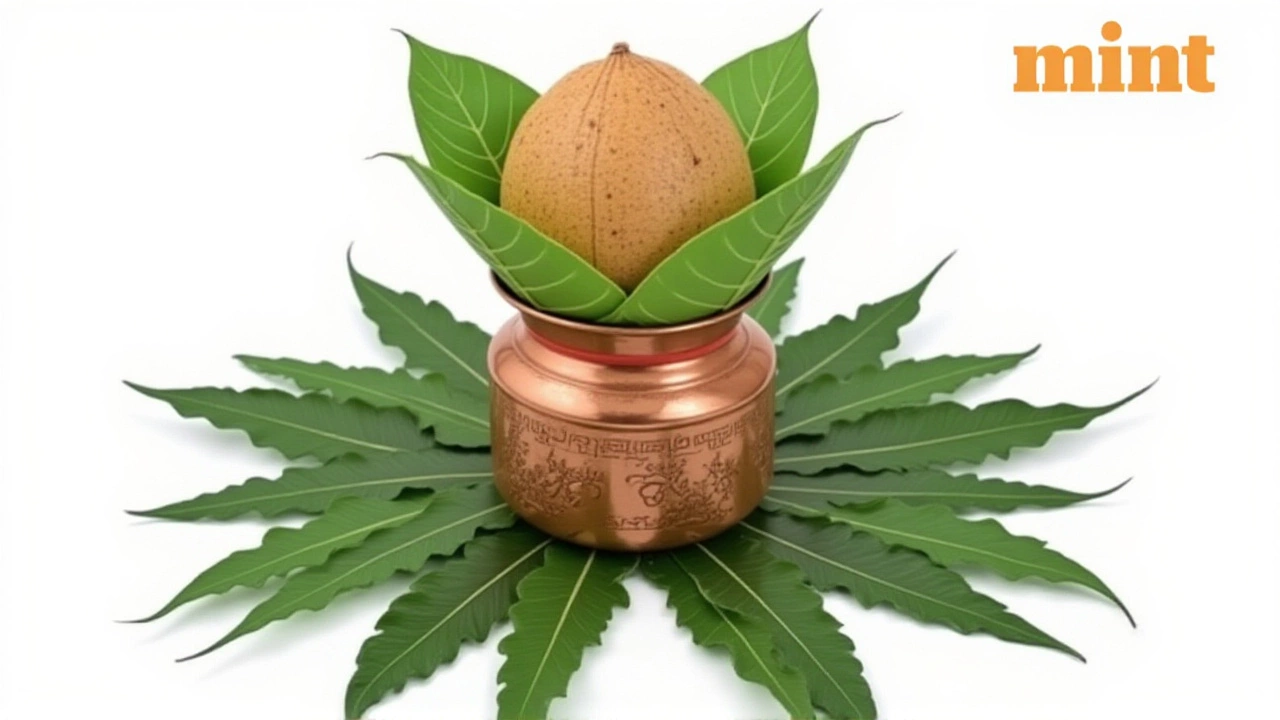World – Global Cultures and Celebrations
When you think about World, the planet that hosts every culture, tradition, and story we share. Also known as Earth, it provides a stage for countless festivals and rituals. This space is built for readers who want to understand how local customs fit into the bigger picture of human experience.
One of the most vivid examples is Shardiya Navratri, a nine‑night Hindu festival celebrated in parts of India during the autumn months. Also called the “Autumn Navratri,” it spotlights goddess worship, music, dance, and a special focus on the Kalash coconut. The Kalash Coconut, the sacred coconut placed inside a pot (kalash) as an offering to deities becomes the centerpiece of a ritual decision: should it be eaten as prasad or immersed in water?
Key Traditions Covered
These practices belong to a broader group we call Hindu rituals, ceremonial actions performed to honor deities, seek blessings, and mark life events. They influence not only regional celebrations but also how diaspora communities keep their heritage alive across the globe. Understanding one ritual often reveals connections to others, like how the concept of prasad (blessed food) appears in Sikh and Buddhist traditions too.
In the World of cultural festivals, each event carries its own set of symbols, timing rules, and community roles. For instance, the timing of Shardiya Navratri aligns with the lunar calendar, which also dictates the dates for Diwali, Holi, and many harvest festivals. This interlinking shows that the World of celebrations is a network where one tradition echoes into another.
When you explore the posts below, you’ll notice three main patterns: first, the importance of regional customs—like the way families in Gujarat decide the fate of the kalash coconut; second, the scriptural guidance that shapes each decision; and third, the modern interpretations that keep these ancient rites relevant today. Together they paint a picture of how a single festival can be both deeply personal and widely shared.
Because the Kalash Coconut, serves as a symbolic vessel for divine blessings, its handling after the festival becomes a moment of communal choice. Some elders follow the ancient rule of immersion to signify letting go, while others treat it as prasad to nourish the household. This decision reflects broader themes of continuity versus renewal that appear in many world religions.
Another thread running through these stories is the role of gender and age. Women often lead the kalash preparation, while elders give the final verdict. This dynamic mirrors the way many societies balance youthful energy with seasoned wisdom—a pattern you’ll see repeated in festivals from Japan’s Obon to Mexico’s Día de los Muertos.
Looking at the bigger picture, the World, offers countless opportunities to study how rituals shape identity and community bonds. Researchers have noted that shared rituals boost social cohesion by up to 30 % in tight‑knit groups. While we won’t dive into academic charts here, the takeaway is clear: celebrating together matters.
In addition to Shardiya Navratri, the collection includes pieces on other cultural markers like regional food offerings, traditional music, and the seasonal timing of festivals. Each article adds a layer to the understanding of how humans mark time, express gratitude, and pass values down generations.
What you’ll find below isn’t just a random assortment of posts. It’s a curated look at how one specific observance—deciding the kalash coconut’s fate—connects to larger ideas about faith, family, and the ever‑changing way we honor the sacred. Whether you’re a curious reader, a practitioner, or someone planning to attend a festival, the insights are built to be practical.
As you scroll through the listings, keep an eye on the recurring themes: the balance of tradition and adaptation, the power of symbolic objects, and the way community decisions reflect deeper cultural values. These threads will help you see each post not as an isolated story but as part of a rich tapestry that spans the World, connecting diverse peoples through shared celebration.
Ready to explore how the fate of a coconut tells a larger story about our shared humanity? Dive into the articles below and discover the nuanced world of festivals, rituals, and cultural continuity.
Shardiya Navratri 2025: Deciding the Kalash Coconut's Fate
As Shardiya Navratri 2025 ends, families decide whether to eat or immerse the kalash coconut—guided by regional customs, scriptural advice, and expert insights.
Read more